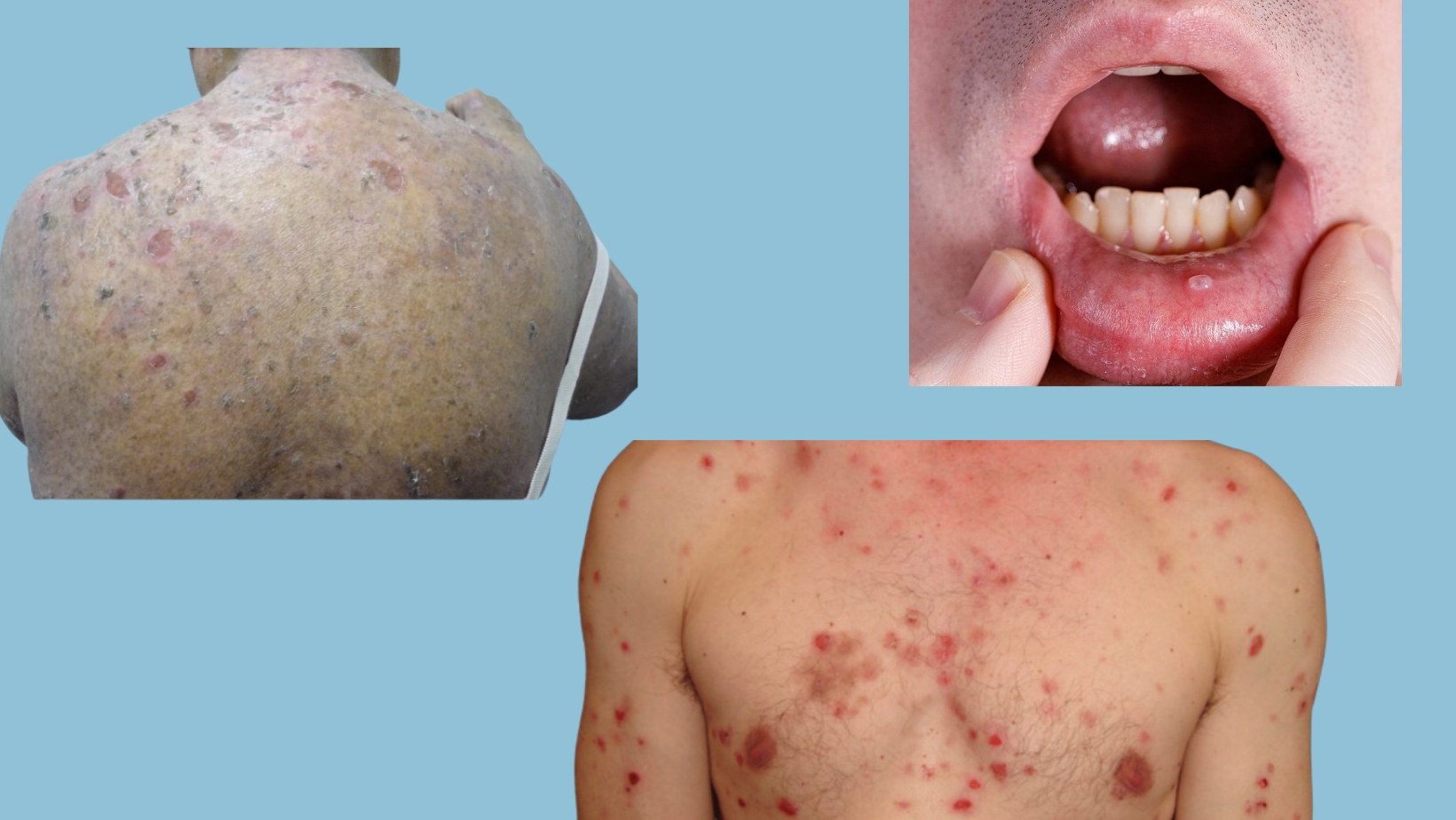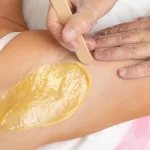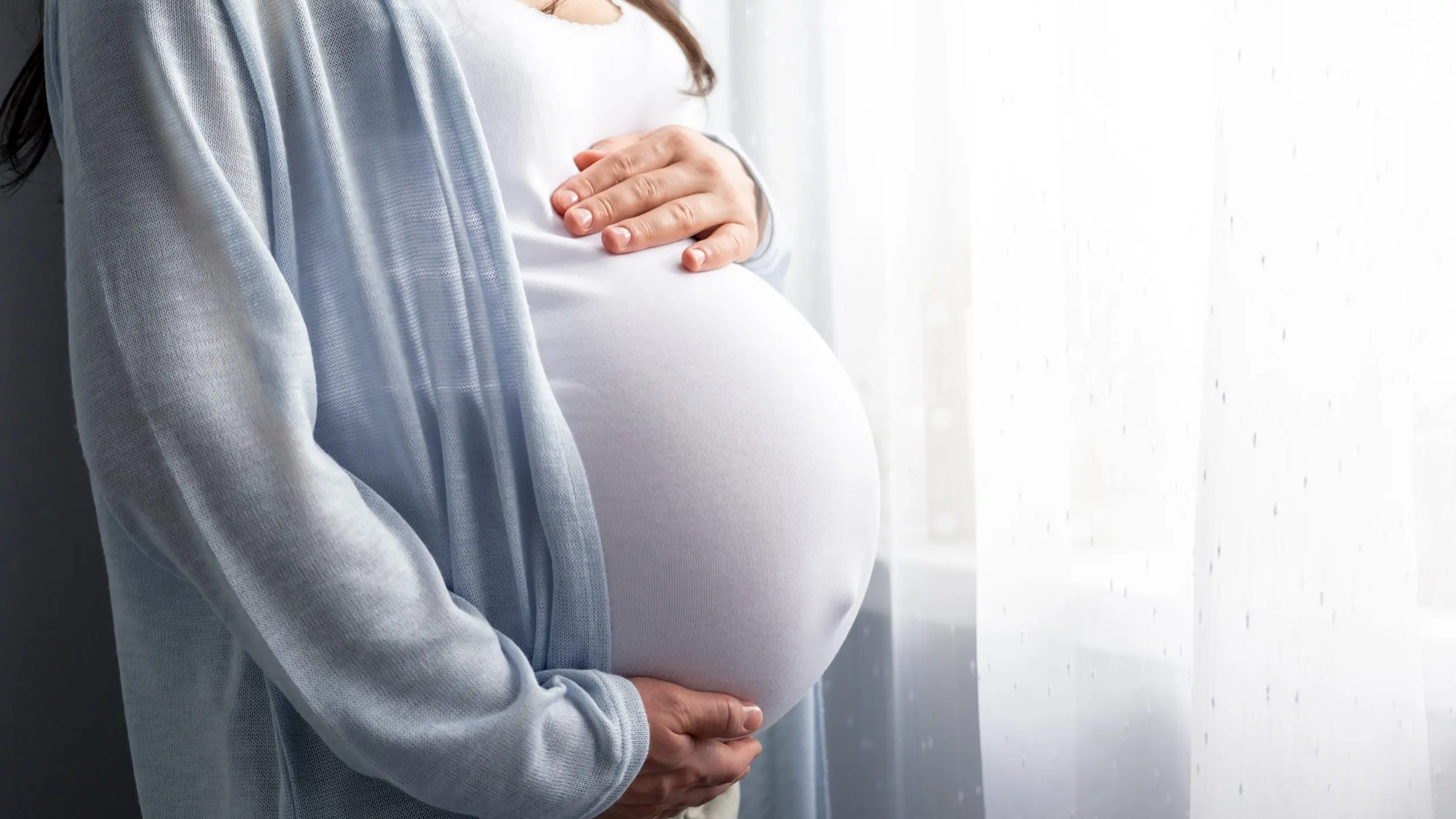Pemphigus Vulgaris (PV) opens a chapter into a rarely explored yet complex world of unique skin conditions. While its name may not be universally recognized, the intricate and singular challenges of PV merit our focused exploration and empathetic understanding. The term itself, derived from the Greek word ‘pemphix’ (blister) and the Latin ‘Vulgaris’ (common), subtly reveals its key characteristic: “common blistering.” Even within its rarity, PV notably prevails as the most common among autoimmune blistering skin diseases, beckoning us to delve into its nuanced existence.
Think of our skin like a well-put-together puzzle. Pemphigus Vulgaris (PV) acts like a playful child who messes up this puzzle, symbolizing how our immune system can get confused and attack our own skin cells. This mix-up causes gaps between skin layers, leading to delicate, fluid-filled blisters beneath the skin’s surface. When these blisters break, they create open sores which dry to form a protective crust. A notable feature of PV, where light pressure causes skin to peel, is known as: Nikolsky’s sign: Often linked to PV, though not unique to it. Given its origin in the immune system mistakenly attacking its own cells, PV offers a compelling subject to explore.
Triggers Behind Pemphigus Vulgaris
Despite PV’s origins in the errant behaviors of our immune system, the exact catalyst remains elusive. However, a robust connection to genetics is evident, with individuals boasting a family history of PV exhibiting heightened susceptibility. A myriad of factors, referred to as “triggers,” have garnered attention for their potential role in precipitating the emergence of PV, including:
- Particular medications
- Exposure to ultraviolet light
- Encounters with viral or bacterial infections
- Stress
In its manifestation, PV commonly necessitates a convergence of genetic predisposition and an external trigger. Furthermore, individuals with extant autoimmune disorders may find themselves disproportionately vulnerable to developing PV, illustrating the interconnected nature of autoimmune conditions.
Fostering an Inclusive Understanding
As we draw our exploration to a close, it’s imperative that the knowledge and understanding gleaned extend beyond the bounds of mere information. By intertwining this newfound insight with empathy and support, we can bolster our collective approach towards those navigating the intricate journey of life with Pemphigus Vulgaris. Thus, let us all be allies in unison, embracing, supporting, and standing with those grappling with this obscure yet impactful skin condition.
Pemphigus Vulgaris certainly has an intriguing name. Let’s decode it. ‘Pemphigus’ is derived from the Greek word ‘pemphix’, meaning bubble or blister. Meanwhile, ‘Vulgaris’ is Latin for ‘common’. When combined, these two terms provide a hint about this skin condition: common blistering. Indeed, pemphigus vulgaris is one of the many autoimmune blistering skin diseases. While it might be rare in daily encounters, it’s the most common disease within the category of autoimmune blistering skin conditions.
Since PV arises from our immune system’s abnormal behavior, the exact cause of this condition remains a mystery. However, we do know that genetics play a significant part; individuals with family members who have PV are at a higher risk of developing the disease. Research has highlighted certain factors that could act as “triggers”, potentially initiating the onset of this blistering skin disease. Some of these factors include:
- Specific medications
- Exposure to ultraviolet light
- Viral or bacterial infections
- Stress
Like many autoimmune diseases, PV often requires a unique combination of genetic predisposition and an external trigger for it to manifest in an individual. It’s also worth noting that people with other autoimmune disorders are more susceptible to acquiring PV, and vice versa.
Identifying the Subtle Onset of Pemphigus Vulgaris
Identifying Pemphigus Vulgaris (PV) can sometimes be a deceptive challenge. The initial presumption might be that the blatant visibility of blisters would make it a straightforward diagnosis. However, PV often masquerades its onset subtly, usually starting with painful mouth sores that can be easily dismissed as routine ulcers. These oral symptoms can linger, sometimes for years, without escalating to more overt skin manifestations, thereby delaying diagnosis and treatment. The eventual appearance of unmistakable skin blisters typically sounds the alarm, prompting medical consultations. Therefore, maintaining vigilance towards persistent and atypical mouth sores, and securing a professional evaluation, is imperative in early identification.
Treatments for Pemphigus Vulgaris
The management and treatment of PV hinge significantly on early diagnosis, which can potentially streamline its subsequent management. Determined by the severity and extension of the disease, treatment modalities can range from topical applications in milder scenarios to oral or intravenous medications for more severe manifestations. Given its roots in autoimmune misdirection, treatments are designed to modulate the immune system’s activity, encompassing:
- Corticosteroids: Employed for their anti-inflammatory properties.
- Immunosuppressants: Utilized to temper immune system activity.
- Biologics: A relatively novel treatment avenue, derived from living entities.
- Intravenous Immunoglobulin: Involves administering infusions of healthy antibodies to offset the misdirected ones instigating PV.
- Topical Treatments: Steroid-based creams or ointments, primarily for milder cases or symptomatic relief.
It is paramount to recognize that treatment efficacy is distinctly individual. A therapeutic approach that proves efficacious for one might not yield identical results for another. Hence, a personalized medical consultation is essential to devise an apt treatment protocol. Living with PV transcends the physical tumult, pervading into emotional and psychological domains. The perpetual anticipation of the next flare-up or navigating through social scenarios with visible sores and scars can take an emotional toll. Thus, fostering an environment of understanding and support is pivotal.
Despite its challenges, a life teeming with activity and fulfillment is entirely plausible with the right treatment and coping mechanisms. From engaging in support groups, immersing in mindfulness exercises, learning stress management techniques, to embarking on journeys of self-confidence, several pathways pave the way towards making life with PV more navigable.
Amplifying Awareness, Fostering Empathy
Pemphigus Vulgaris may not frequently occupy the spotlight in discussions about skin conditions, yet its profound impact on those who experience it cannot be understated. Shining a light on PV and other lesser-discussed disorders is crucial to ensure that no individual walks their journey feeling isolated or unheard. By fostering an environment enriched with understanding, empathy, and knowledge, we craft a world that not only supports but also empowers. Thus, let awareness be our torchbearer as we continue to share, understand, and uphold every story, ensuring each voice finds its echo in a compassionate and informed society.








